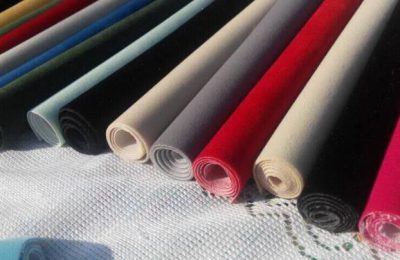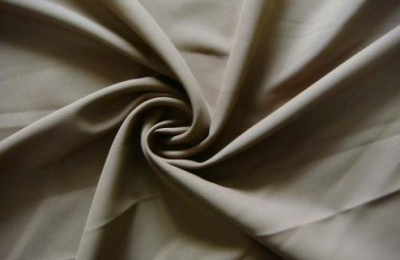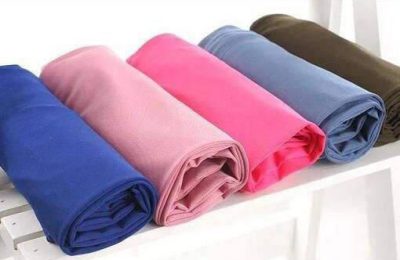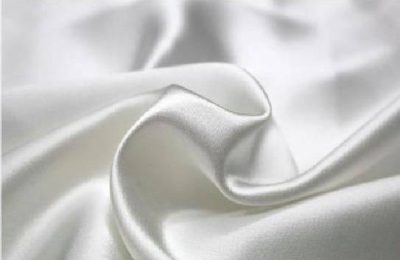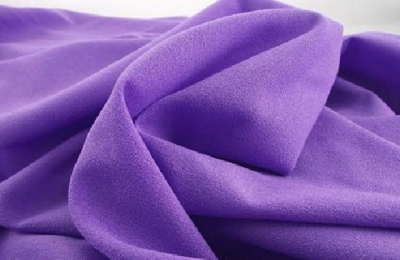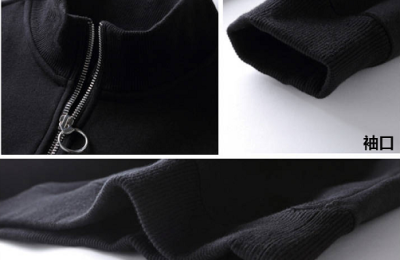With the continuous development of nonwovens technology at home and abroad, especially the continuous development and application of melt-blown technology, melt-blown nonwovens have unique fiber network structure, small gaps, and even distribution. As a result, non-woven fabrics produced using melt-blown technology are increasingly used in the field of filtration. The most prominent representative is melt-blown non-woven composite filter media.
Melt-blown fabric uses polypropylene as the main raw material, and the fiber diameter can reach 1 to 5 microns. These ultra-fine fibers with unique capillary structure increase the number and surface area of fibers per unit area, thus making the melt-blown non-woven fabric composite filter The material has good filtering, shielding, thermal insulation and oil absorption properties, and can be used in fields such as air and liquid filter materials, isolation materials, absorption materials, mask materials, thermal insulation materials and wipers.
PTFE film manufacturer specializes in the production of melt-blown non-woven composite filter materials. It has a full set of advanced production equipment and technology, and also has an advanced clean room and an independent composite slitting workshop to ensure the production quality of PTFE film; production The product materials are all imported raw materials, with high uniformity, stable performance, good air permeability, and the filtration efficiency can reach 99.999995%! It can basically meet the filtration efficiency grade requirements of sub-high efficiency, high efficiency and ultra high efficiency filters.
Undertake various filter material coating processing services. Our company will perform coating processing according to the coating substrate provided by the customer or the coating substrate specified by the customer.
The key to its technology is the optimized combination of speed ratio, pressure ratio, operating temperature and other parameters. Our company can realize online control of air permeability, thickness and void ratio according to the ratio and pore-forming medium to meet the different needs of users.
</p



